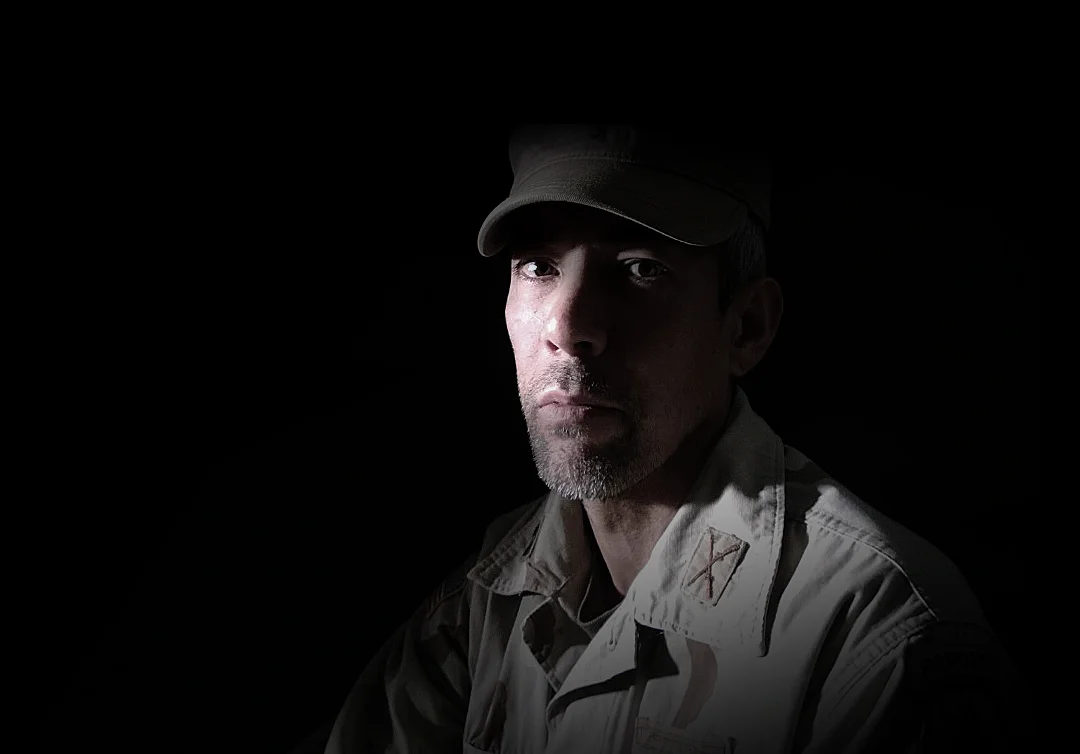HOMELESSNESS
Vets experience homelessness disproportionate to the general population. While they represent 7% of all US citizens, more than 13% of vets are homeless. Female vets make up the fastest growing segment of the homeless population.
MENTAL / SPIRITUAL CHALLENGES
PTSD
They used to call it "shell shock." Today It is called P.T.S.D. (Post Traumatic Stress Disorder). Whatever its name, it is brokenness and suffering. The ravages of war can leave an individual with such depths of pain that a complete collapse of the spirit is often the byproduct. Nearly 30% of all vets who pass through the VA are treated for the symptoms of PTSD. It is highly likely that there are many others who go uncounted because they do not seek treatment, or are too incapacitated by their suffering to even know how to get help.
Moral Injury
From The Grunts: Damned If They Kill, Damned If They Don't by David Wood:
"The pain that results from damage to a person’s moral foundation. In contrast to Post-Traumatic Stress Disorder, which springs from fear, moral injury is a violation of what each of us considers right or wrong. The diagnosis of PTSD has been defined and officially endorsed since 1980 by the mental health community, and those suffering from it have earned broad public sympathy and understanding. Moral injury is not officially recognized by the Defense Department. But it is moral injury, not PTSD, that is increasingly acknowledged as the signature wound of this generation of veterans: a bruise on the soul, akin to grief or sorrow, with lasting impact on the individuals and on their families."
PHYSICAL CHALLENGES
Many returning vets suffer physical injuries that challenge their capacity to function. The number of disabled veterans has jumped by 25 percent since 2001. Of the over 21 million vets in the US, 3.6 million -- more than 17% -- have what's called a "service connected disability."
POVERTY AND UNEMPLOYMENT
Despite their dedicated service and sacrifices made for their country, returning vets experience unemployment at over 10% -- higher than the national average -- and many live at or near the poverty line. 30.2 percent of veterans ages 18 to 24 are unemployed and nearly a million vets age 18 to 64 live in poverty according to the most recent Bureau of Labor Statistics data.

